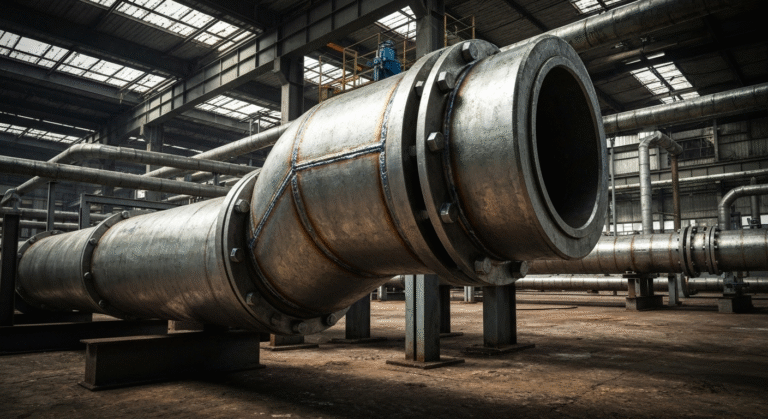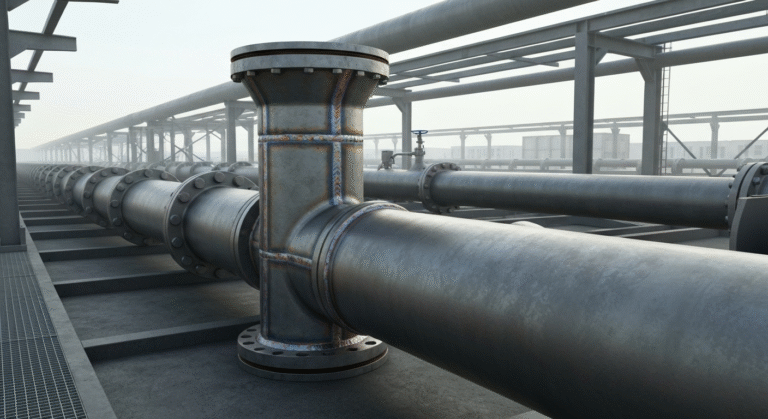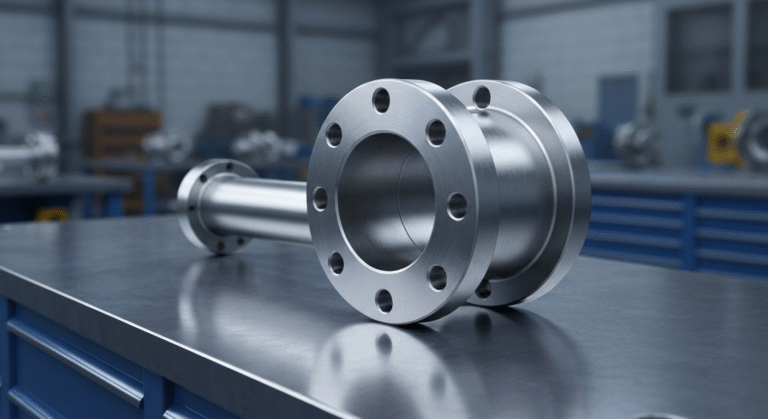-
Zona industriale di Yinzhuang, contea di Mengcun, città di Cangzhou, provincia di Hebei, Cina
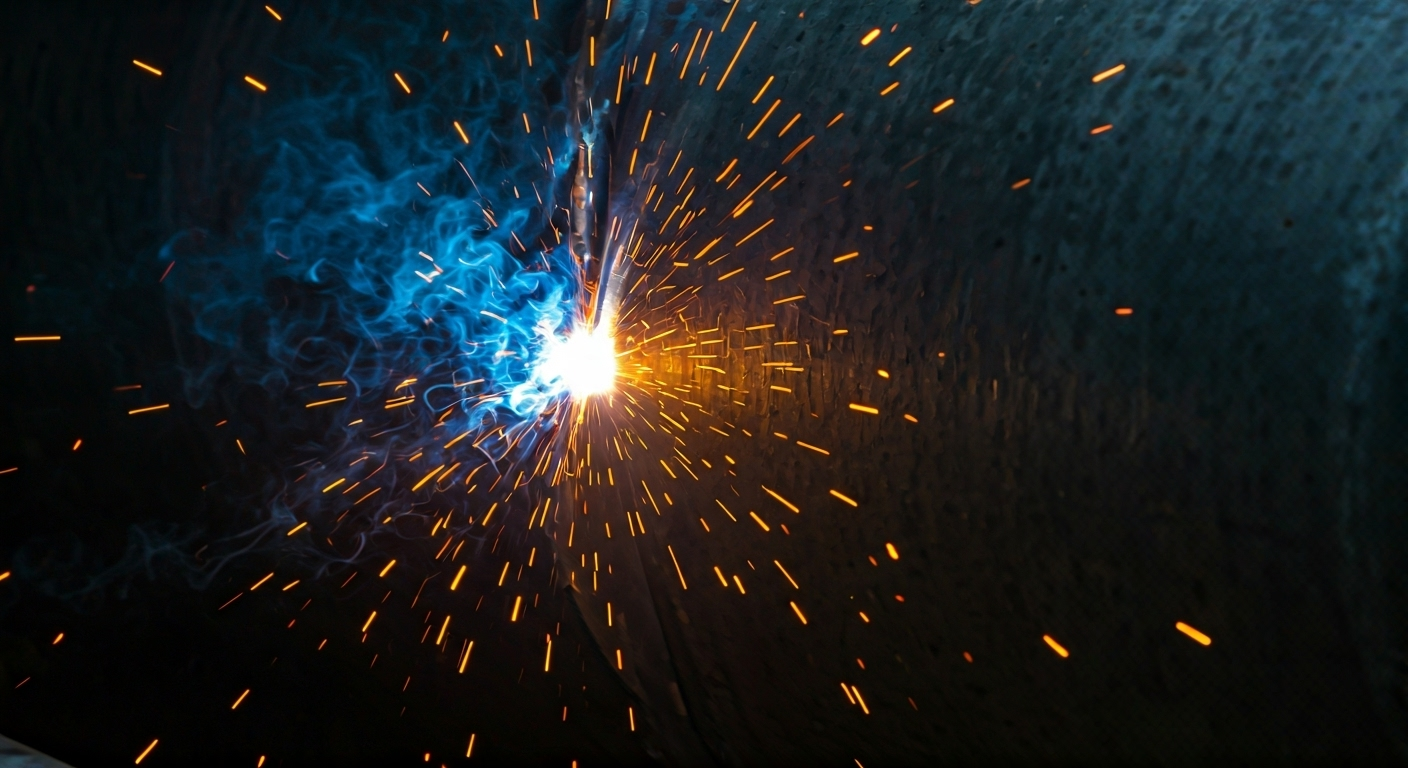
Riduttore per tubi a saldare di testa: Tipi, usi e specifiche
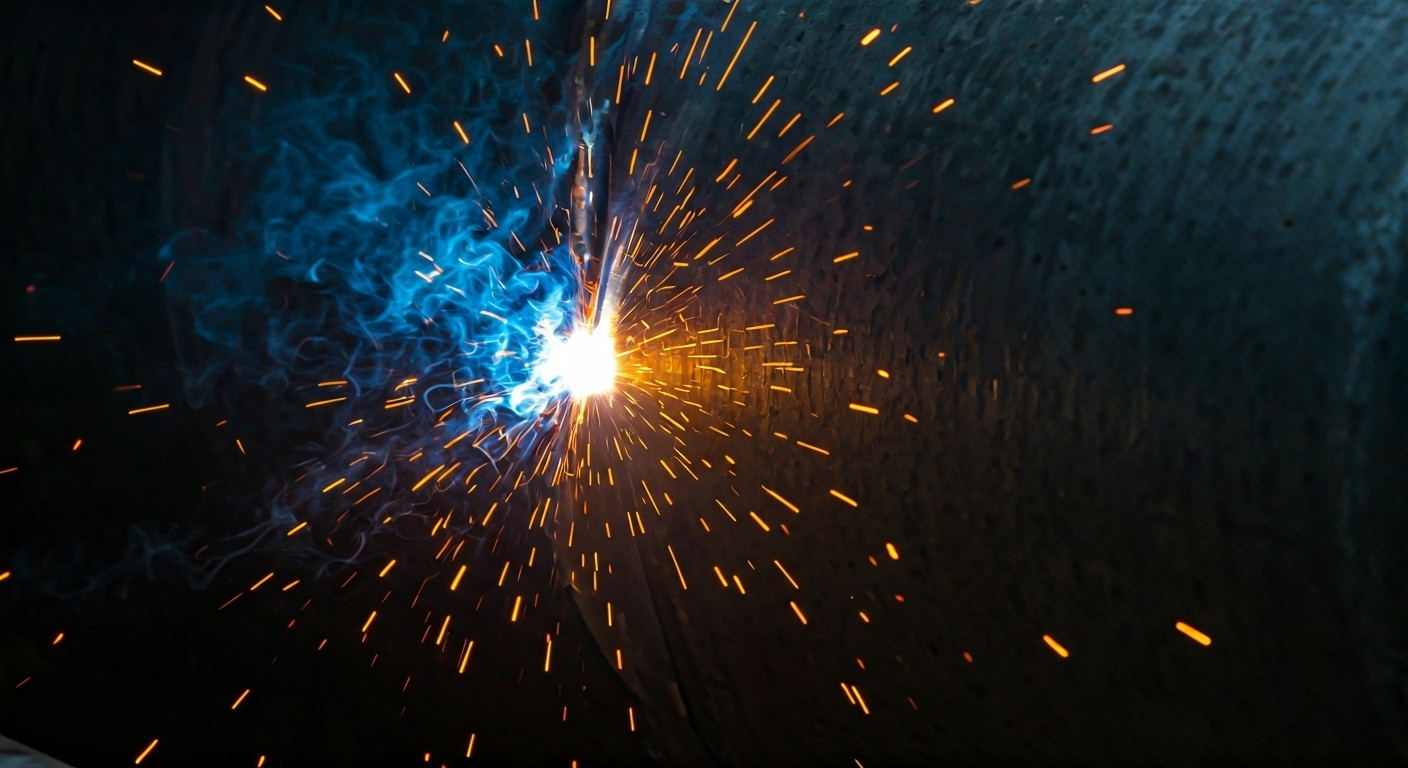
Punti salienti
- Butt weld pipe reducers are essential components in piping systems, facilitating seamless transitions between varying pipe diameters.
- These pipe fittings are manufactured using high-quality materials like stainless steel, carbon steel, and alloy steel, ensuring durability and versatility.
- Both concentric and eccentric reducers serve specific requirements in piping configurations, enhancing system efficiency.
- Widely available in standard specifications, such as ASME/ANSI, ASTM, and SCH, they cater to diverse industries globally.
- Butt weld fittings ensure precise alignment and strong connections, reducing risks of leakage during operation.
Introduzione
A butt weld pipe reducer is an important part that you will find in many modern piping systems. This fitting lets you connect pipes of different sizes without hurting how the flow works. You will often see these pipe fittings used in places like shipping and manufacturing. The reducer helps keep the system working well and makes sure it stays strong. There are two main types of reducers in these fittings: concentric and eccentric. Each type fits different needs in a piping system. If you pick the right butt weld pipe reducer, it helps your piping work safely and fit together the way it should.
Types of Butt Weld Pipe Reducers

Butt weld pipe reducers are usually found in two types: concentric reducers and eccentric reducers. Both of these fittings help you join pipes with different sizes. Concentric reducers keep the center of both pipes in line, which helps the flow stay even and smooth. Eccentric reducers, on the other hand, have the centerlines off to one side. This is useful in places like drainage systems.
These reducers be made with strong steel fittings. They are built to last and can handle hard conditions very well. When you need to choose one, look at the needs of your piping system. Picking the right type will help your system work well and make sure the fittings match what you need.
Concentric vs. Eccentric Reducers
Concentric reducers have centerlines that stay in line with each other. When you put one in your piping system, the pipe diameter gets smaller right in the center. This makes these fittings a good choice for pipes that carry fluids or gases. They give you good flow and are mostly used where pumps put out water or other fluids because alignment is very important.
Eccentric reducers look different because their centerlines do not match up and are set apart. This kind of reducer is best for keeping liquid moving without stopping, like in drainage or sewer lines. With a piping setup like this, the design of the fitting stops air pockets from forming, helping the flow stay smooth.
You have to pick the right reducer based on what your system needs. Use a concentric reducer for even fluid movement and fittings that line up. Go with eccentric reducers when you need to steer liquid in a certain path, as in drainage systems, and want to avoid flow problems.
Common Materials Used in Singapore
The kind of materials people use to make butt weld fittings can be different based on what the job needs and the specification set by the industry. In Singapore, stainless steel is a top choice for these fittings because it fights rust very well and lasts a long time. This makes it the best option for the shipping and chemical industries.
Carbon steel is also widely chosen. It gives a lot of strength and helps save money. This is a good fit for pipelines that move fluids under high pressure. Alloy steel is another type many people use. It can handle changes in temperature and be used in tough settings like power plants.
Every material, whether it is stainless steel, carbon steel, or alloy steel, is made to fit well with piping systems by meeting high specification requirements. Knowing which material is best for your environment, whether you need stainless, carbon, or alloy fittings, helps you get good, hassle-free performance for your piping needs.
Key Applications and Advantages
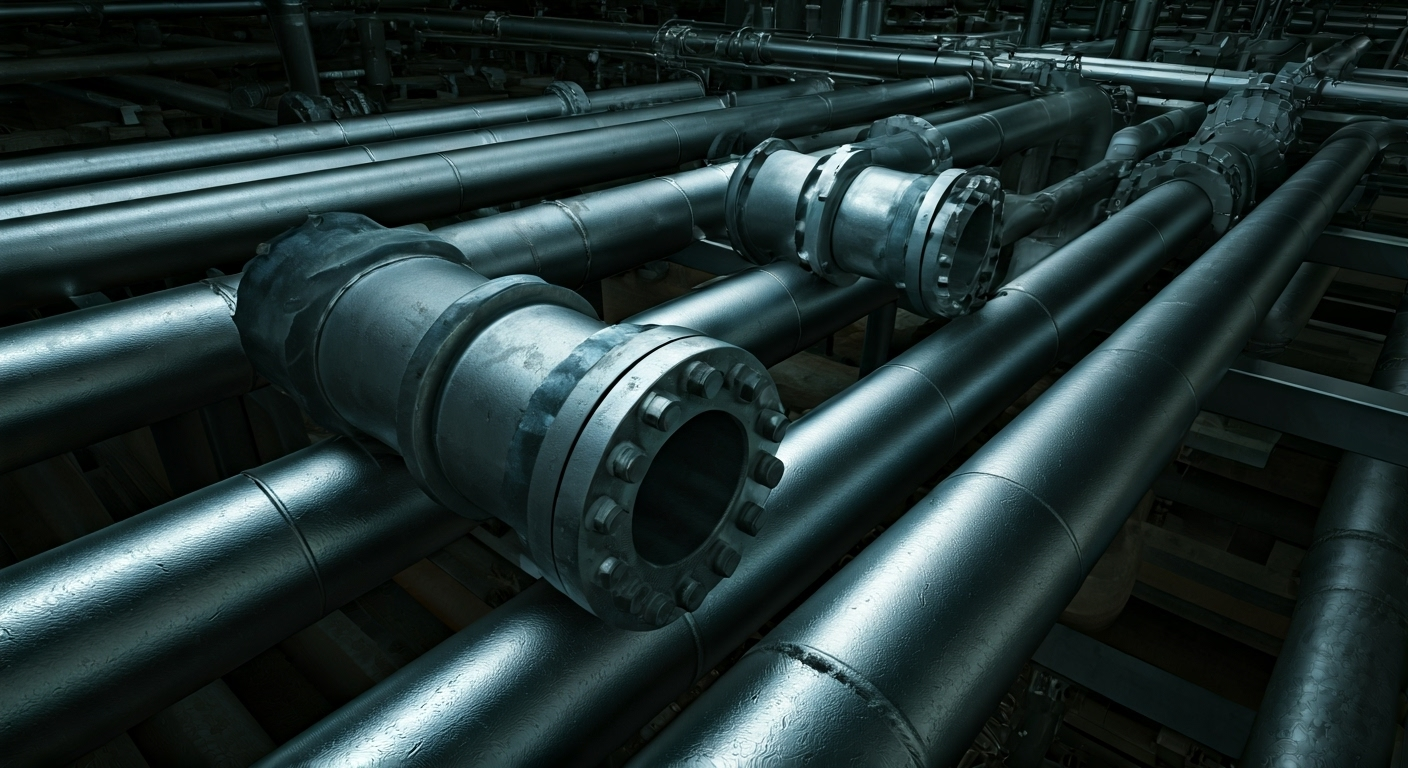
Butt weld pipe reducers give important benefits in many piping systems. The strong steel fittings let you change pipe size smoothly. They do this without lowering flow, so they are very useful in shipping and industrial work.
These pipe fittings make the structure stronger. They also help the system last longer when there is high pressure or high heat. Their good design lowers the risk of leaks and helps make the pipeline installation easier. When you pick butt weld reducers, you get safer operations, less money spent on maintenance, and the best piping work.
Typical Industries and Uses
Butt weld pipe reducers are often used in different industries to help keep fluid flow steady and protect the system.
- Oil and gas businesses depend on these reducers to help with easy changes in pipelines.
- Chemical plants use them to control how fast fluids move so the work stays safe.
- Manufacturing places use reducers to handle changes in pressure between equipment and pipes.
- Shipping jobs use butt weld fittings to create strong links in piping that works under lots of pressure.
These fittings follow ASME and ANSI rules, so people use them all over the world, like in India and Singapore. Their simple, flexible build makes them work well with other piping. Because of this, they are a key part of many industrial systems.
Benefits for Piping Systems
A good pipe reducer can really make a difference in your piping setup. It controls the change in diameter, so it helps stop flow problems and keeps the system steady. A butt weld reducer also lines up better than other options like tees or cones.
These fittings are small, so you can fit them easily in tight spots. They stay strong even when there is high pressure. When you use these reducers, it helps lower wear and tear on parts like flanges and sockets. This is because they spread the stress in the system more evenly.
Reducers do more than just support the structure. They can help lower costs and boost how well your system works. Choosing the right fittings like butt weld reducers can make your piping system run better and help it last longer.
Specifications and Sizing Standards
Standards like ASME, ASTM, and ANSI set the basic rules for making butt weld fittings. These rules make sure the fittings be reliable and the same every time. Butt weld pipe reducers come in different thicknesses, such as SCH 20, STD, and XS. This way, they fit many types of piping sizes and can be used for many jobs.
These fittings are made to match worldwide sizing rules and can be used by different industries. Every product is made to help flow work well and keep the structure strong. This helps make sure the fittings can be used for all kinds of piping work, making installations smooth and easy.
Dimension Charts for Pipe Reducers
The size of pipe reducers can change based on the purpose, diameter, and wall thickness. Here is a text table with normal specifications:
Diameter (NPS) | Wall Thickness (SCH) | Tipo | Common Usage |
|---|---|---|---|
3 x 2 inches | SCH160 | Concentric BW | Industrial fluid |
6 x 4 inches | SCH40 | Seamless BW | Chemical plants |
8 x 6 inches | SCH80 | Eccentric BW | Drainage systems |
This chart lists standard dimensions that people often use in piping. Using this table can help you pick the right pipe reducer. It works well for many types of piping jobs, including those needing concentric design or different SCH wall thickness.
Relevant International and Singapore Standards
Singapore uses internationally accepted standards like ASME, ASTM, and ANSI for making butt weld pipe reducers. These rules set how the reducers must be made, checked for quality, and sized, so that there is safety in all industries.
For example, ASTM tells what the part should be made of and how strong it should be. ASME says how the size of the reducers should be and what pressure they must handle. ANSI has more rules to help make sure fittings work well with old piping.
When Singapore follows these standard rules, it makes the work faster and more dependable for all who use piping systems. Whether the work is for someone here or sent out of the country, using these guidelines stops problems and helps everything work the way it should.
Installation Considerations and Best Practices
The proper installation of butt weld pipe reducers needs care in the way the welding is done and in how things are set up before you start. You have to make sure the parts line up right when you weld them. This makes the joins tight so there are no leaks.
It is also important to check how things are set up, both while you work and after you are finished. These safety checks make sure everything is up to standard. By using the best ways to do the job, you help the whole system last longer and stay strong. This also cuts down on how often you will need to fix it, and it helps save money on upkeep.
Preparation and Welding Techniques
Getting ready before you set up a reducer is very important. You have to clean the pipe surfaces before welding. This gets rid of anything that should not be there. Clean pipes help make strong connections. Lining everything up right is key, too. This will help the reducer fit better and improve how things flow through the pipe.
When you weld, be careful with the socket and flange parts. Try to keep everything as even as possible across the whole fitting. Using butt weld methods is best if you want strong and lasting results. It is important to handle every step with care. This will make the whole structure more stable and safer to use.
A good plan for welding helps keep things at a high standard. It also stops many problems from happening during the installation.
Inspection and Quality Assurance
Inspection steps have detailed measurement of reducer sizes. This makes sure the reducer follows the standard specs. There are visual checks for how smooth the surface is. Marking checks also confirm the fittings are made with care.
Quality checks include stress tests. These help make sure the reducer and fittings last under different pressures. There are also checks for the same material throughout. This helps spot and fix possible risks. Doing these things at every stage helps the reducer work well each time.
With these strong quality habits, mistakes in making and setting up are much lower. That means safety is better for all pipelines and fittings.
Conclusione
In short, butt weld pipe reducers are key parts of piping systems that help make smooth changes between pipe sizes. Knowing about the types of reducers, their specs, and the right way to put them in place will help your pipes work well and last a long time. You can choose between concentric or eccentric reducers. Picking the right materials and following the needed standards makes things run better and keeps problems away. When you look at the different choices, remember that making smart picks helps your piping system do its job right. If you have any questions or want help choosing a butt weld pipe reducer for your job, you can always reach out to get expert help.
Domande frequenti
What is the difference between a concentric and eccentric reducer?
Concentric reducers keep the center lines of the pipe in line. This helps make the flow smooth as it moves through the pipes. Eccentric reducers have center lines that do not match up. They help to stop air from building up in the pipes. Both reducer types use a butt weld design. The choice depends on the pipe’s diameter and what the system needs.
How do I select the right size of butt weld pipe reducer?
Pick a reducer by looking at the pipe diameter and checking asme or astm standards. Use sizing charts to be sure you get the right size. Make sure the reducer works well with the fittings and fits the system design. This helps to make the performance better.
Are there specific standards to follow in Singapore for pipe reducers?
Singapore follows ASME, ASTM, and ANSI standards when it comes to pipe reducers. These help make sure that all products meet the needed quality checks. They also line up with top global standards for things like material, diameter, and pressure.
Can butt weld reducers be used with different pipe materials?
Yes, butt weld reducers can be used with many types of pipe. You can fit them to stainless steel pipes, alloy steel pipes, and carbon steel pipes. This type of piping part is made to work well with different pipe materials. Their design helps them connect smoothly in all sorts of piping systems.
What are the main benefits of using butt weld pipe reducers?
Butt weld pipe reducers help connect pipes of different sizes in a smooth way. These fittings help stop leaks and make the system safer. Their strong design helps the flow work better and keeps the system solid.
